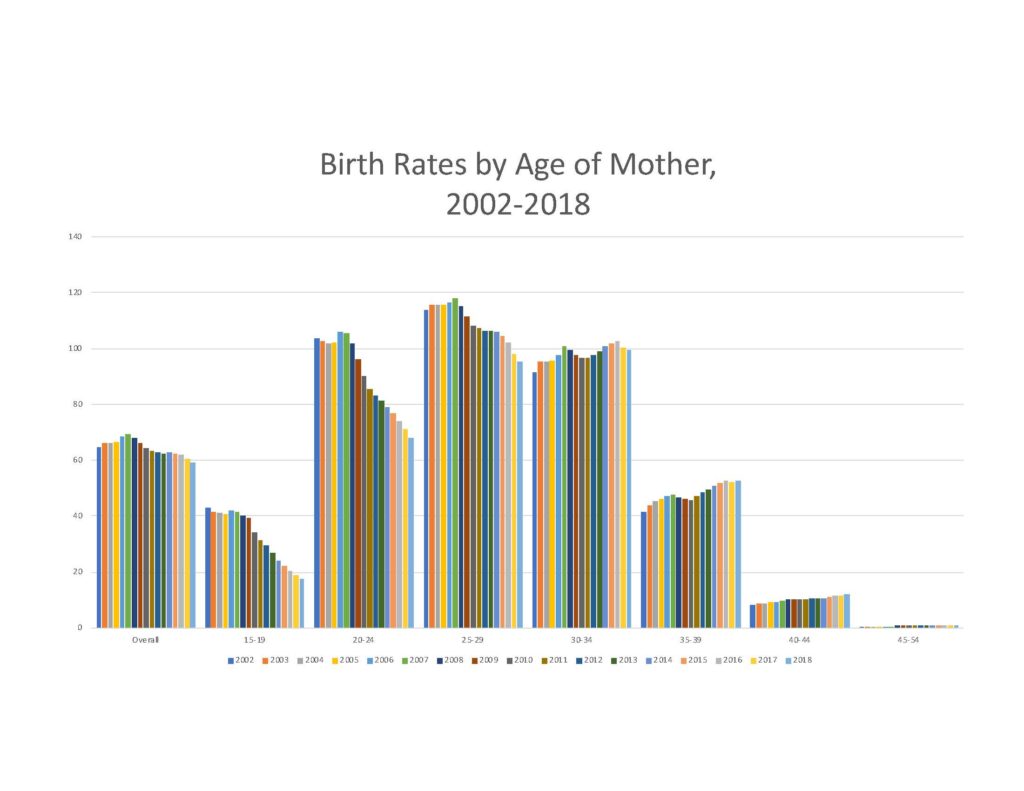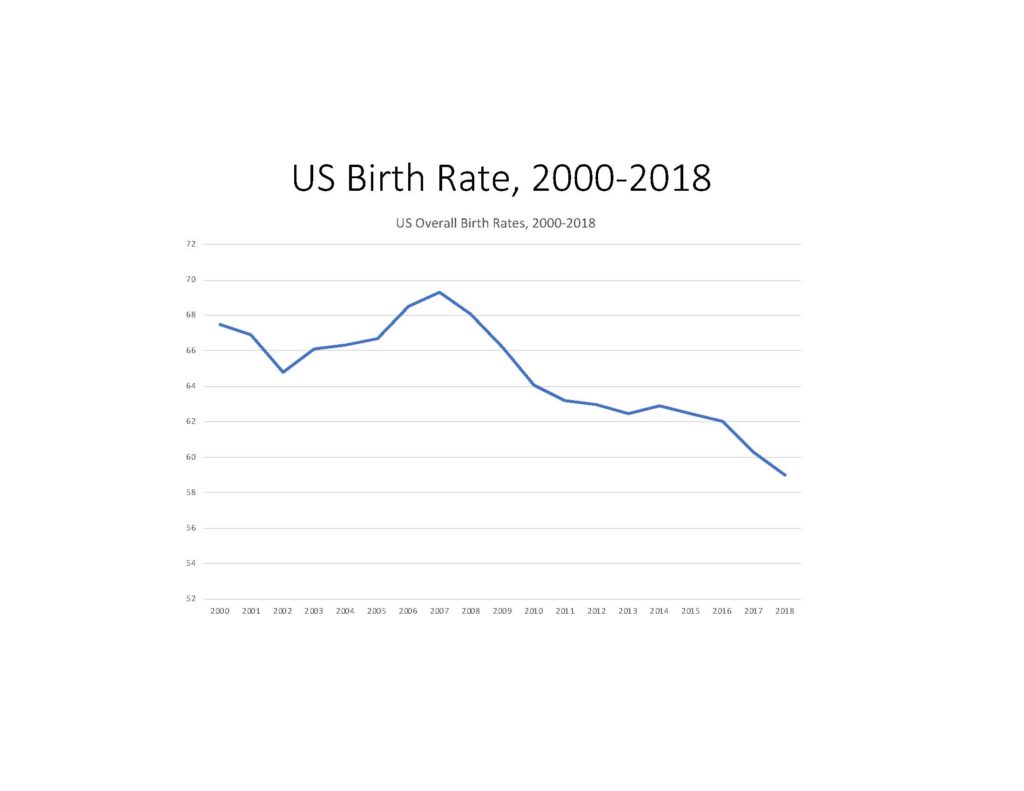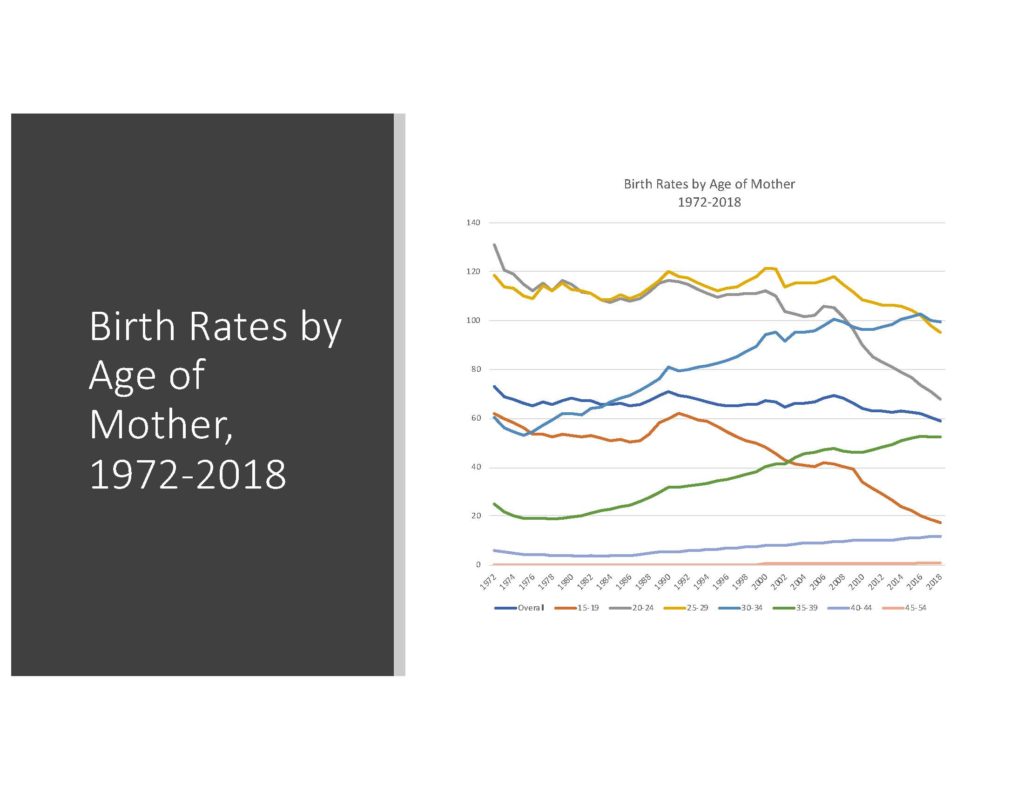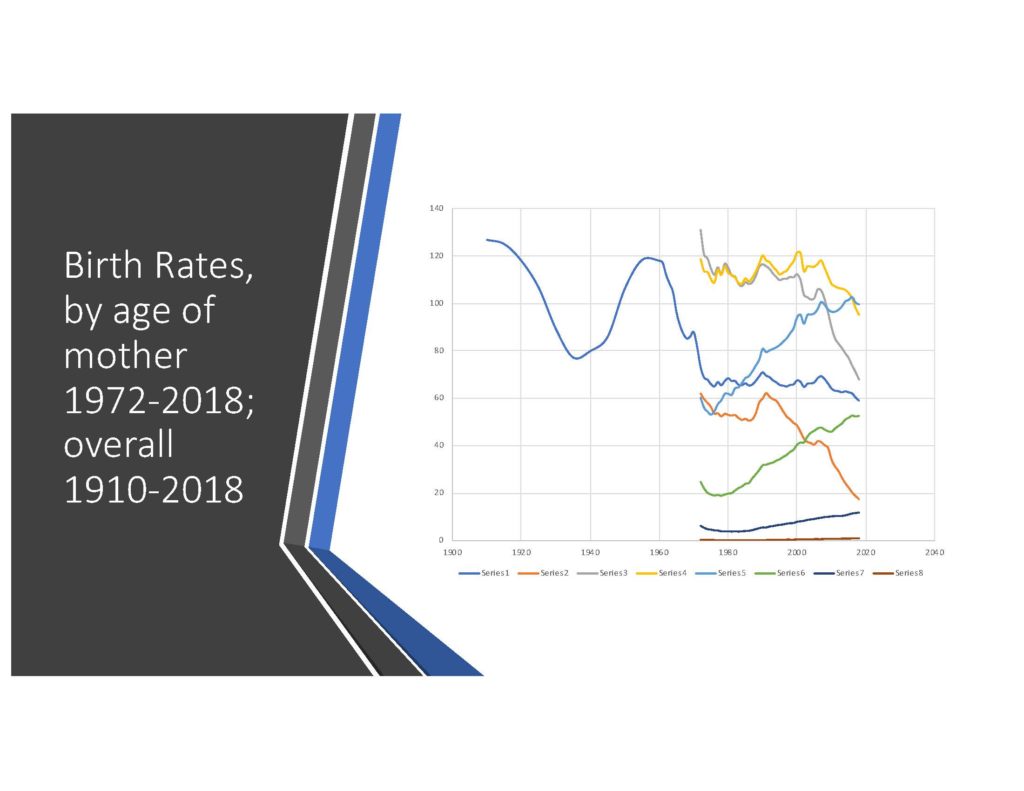By Barbie Brashear, Elizabeth Gregory, Alicia Nuzzie
This article appeared online in the Houston Chronicle April 6, 2020.
While the coronavirus quarantine challenges us all on many levels, it has particularly stark consequences for people, largely women and children, who are locked in with abusers with no exit.
These include both victims in long-term abusive relationships who formerly got work breaks and now are worse off, and people newly victimized given the new pressures and close quarters. The combination of economic precarity, anxiety about the future and kids at home 24/7 amplifies stress across the board.
Currently there are six domestic violence shelters in the greater Harris County/Houston area. This means our community regularly has under 450 beds designated to individuals and their children who are fleeing violence. These are full (as they have been for years). In the past two weeks, Houston has had two known domestic violence homicides and sadly, this number is expected to rise. The Houston Area Women’s Center shared with us that their number of daily calls has risen roughly 40% since the COVID-19 emergency (even with abusers within earshot) and the proportion of those calls requesting immediate shelter has risen from a norm of 48% of calls per day in 2019, to an average of 62% of calls per day since COVID-19. With abuse surging, only a limited set can find refuge. And many victims can’t reach out. Many don’t report because they sense that nothing will really change, and if they do report, it might only make things worse.
We know that natural disasters increase levels of domestic violence. Clearly the COVID-19 emergency is structured to up that effect, which will worsen as the quarantine continues. Economic violence trickles down to those most at risk, but the ripple effects of violence and trauma affect everyone in the community eventually. This viral violence can itself be considered a severe public health issue, and it deserves similar all-hands-on-deck community attention.
While the many domestic violence agencies do yeoman’s work in the face of great adversity and are used to working under-resourced and under-staffed, during times of crisis it becomes even more apparent that they are stretched thin and they can no longer do it alone. Understanding the seriousness of this issue, assessing needs, and working on a systems-level coordinated County/Municipal response is necessary.
Jurisdictions around the globe are innovating in the face of this challenge, and we can learn and innovate too. In France, now-empty hotels are providing additional refuge spots, and they’ve located community touchpoints for help requests in the few places where most people still go, like groceries and pharmacies. In Spain if victims are accompanied by their abusers, and therefore can’t ask directly in pharmacies, they can give a code word to call the police. In Italy, instead of forcing victims to leave their homes, abusers now must leave.
Similar actions would be boons here, and to supervise and coordinate these and other interventions, as well as interactions among existent agencies, our region would greatly benefit from having the domestic violence community at the table in planning to make structural and policy decisions with the best interests of victims in mind.
Many major cities like New York City, Chicago and even Dallas, have city and county government leadership in discussions about ways to tackle this issue through a coordinated community response. Right now, the city and county have liaisons for education, homelessness, sex trafficking and criminal justice within their administrations. When will domestic violence be added to their prioritization?
Until someone is hired in each administration, we can begin to tackle domestic violence by bringing together all the players who touch the problem — shelters, law enforcement, the courts, the medical community, the district attorney’s office, charitable foundations, victim services, school districts, even the morgue. We should also include others not typically brought into the conversation — the criminal justice reform community, the homelessness coalition and the gun safety community — with a mandate to put bureaucratic and political issues aside and quickly and efficiently develop and pass solid policies that prioritize the needs of the vulnerable and coordinate the efforts of all agencies to that end.
This global challenge offers the Houston and Harris County community and our leaders the opportunity to stand up together, innovate proactively, and flatten the curve on violence too.
Brashear is the executive director and Nuzzie is the director of strategic partnerships at the Harris County Domestic Violence Coordinating Council. Gregory is the director of the Institute for Research on Women, Gender & Sexuality at the University of Houston.









 Here’s a
Here’s a 

